Weed management in tea crop cultivation is a critical aspect that impacts the quality and yield of this beloved beverage. As tea, derived from Camellia spp., enjoys its status as a widely consumed stimulant, weeds pose a significant challenge. This introduction delves into the realm of common weeds found in tea plantations and explores herbicides safe for use on tea plants. Join us on this journey to understand the importance of weed control in tea cultivation and effective ways to manage it.
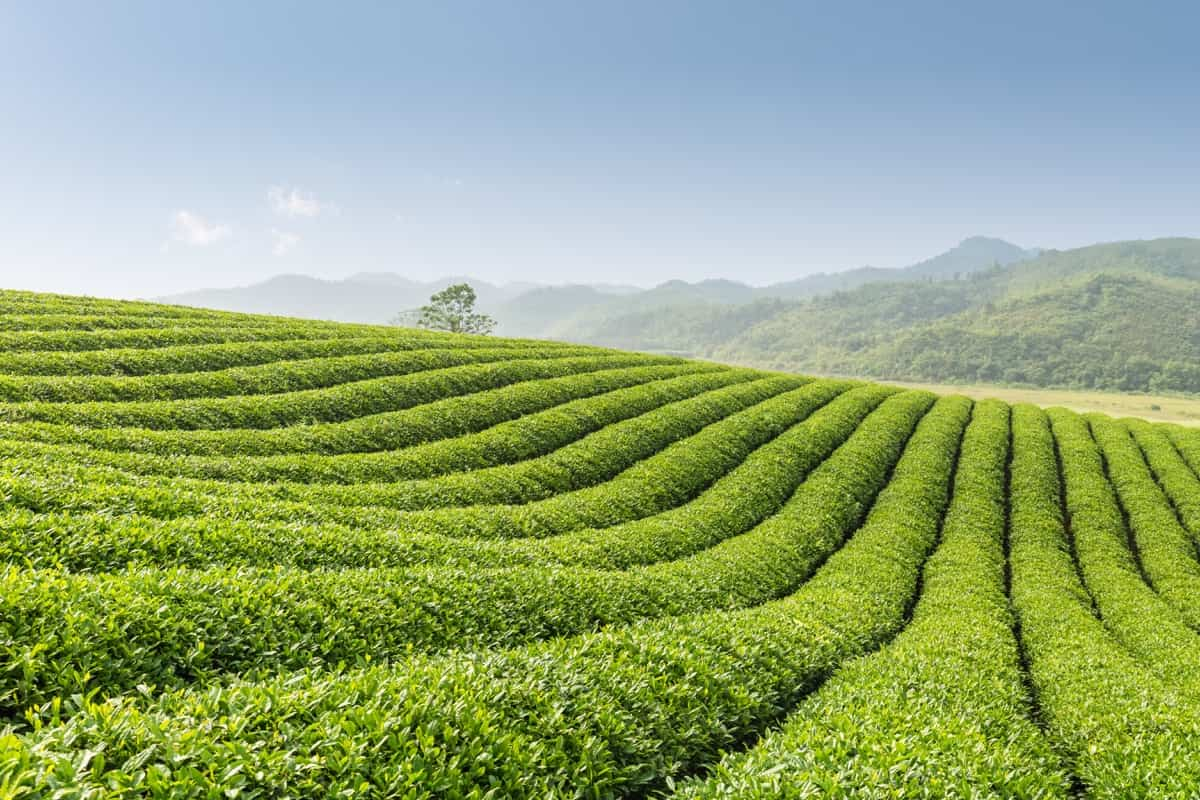
What is Weed Management in Tea Crop?
Weed management in tea crops is crucial due to its significance in the commercial industry. Tea, derived from Camellia spp., is a stimulant and a refreshing beverage. Unlike field crops, tea is grown in specific agro-climatic conditions, and as a long-term crop, it is susceptible to severe weed infestation.
Weed control is the second most costly aspect of tea cultivation after plucking. Weeds in tea plantations can yield losses of 15 to 40% and impact product quality by altering color, taste, and aroma. Common weeds in tea plantations include grasses and broad-leaf varieties. Weed management involves physical, mechanical, chemical, and biological methods and integrated approaches to control.
Effect of Weeds on Tea Crop
The impact of weeds on tea crop losses is substantial and can vary based on several factors. Weeds are the primary pests in tea plantations and can reduce tea productivity, ranging from 10% to a significant 50%. The extent of this reduction depends on factors such as the intensity of weed growth, the type of weed species, and the competitive ability of the tea clones. Specifically, grassy weeds are particularly problematic, causing a 21% decrease in tea productivity, while broad-leaved weeds account for 9-12% of the reduction.
Weed infestation tends to be most severe in young tea plants and the years following actions like light pruning, medium pruning, and deep skiffing. Weeds compete with tea plants for nutrients and moisture in the soil and create a conducive environment for pests and diseases by acting as alternate hosts.
To manage these challenges, the tea industry in Northeast India invests around INR 200 million annually in weed control efforts. It’s essential to recognize the critical period when weed competition is most pronounced, which falls between April and September. During this time, utmost care must be taken to control weeds to ensure that tea productivity is not adversely affected.
Common Weeds of Tea Crop
Weed infestation in tea plantations, particularly in Assam’s Dibrugarh and Tinsukia districts, has been extensively studied. Research by Gogoi and Sarma in 2009 identified a total of 165 weed species, categorized as monocotyledonous, dicotyledonous, and pteridophytic. Notably, these weeds exhibited seasonal variations, with 40 species in winter, 48 in summer, and 43 during both seasons.
In case you missed it: Earning 8 Lakh Rupees from Spine Gourd Cultivation: A Success Story of Kantola/Teasle Gourd Farmer in India
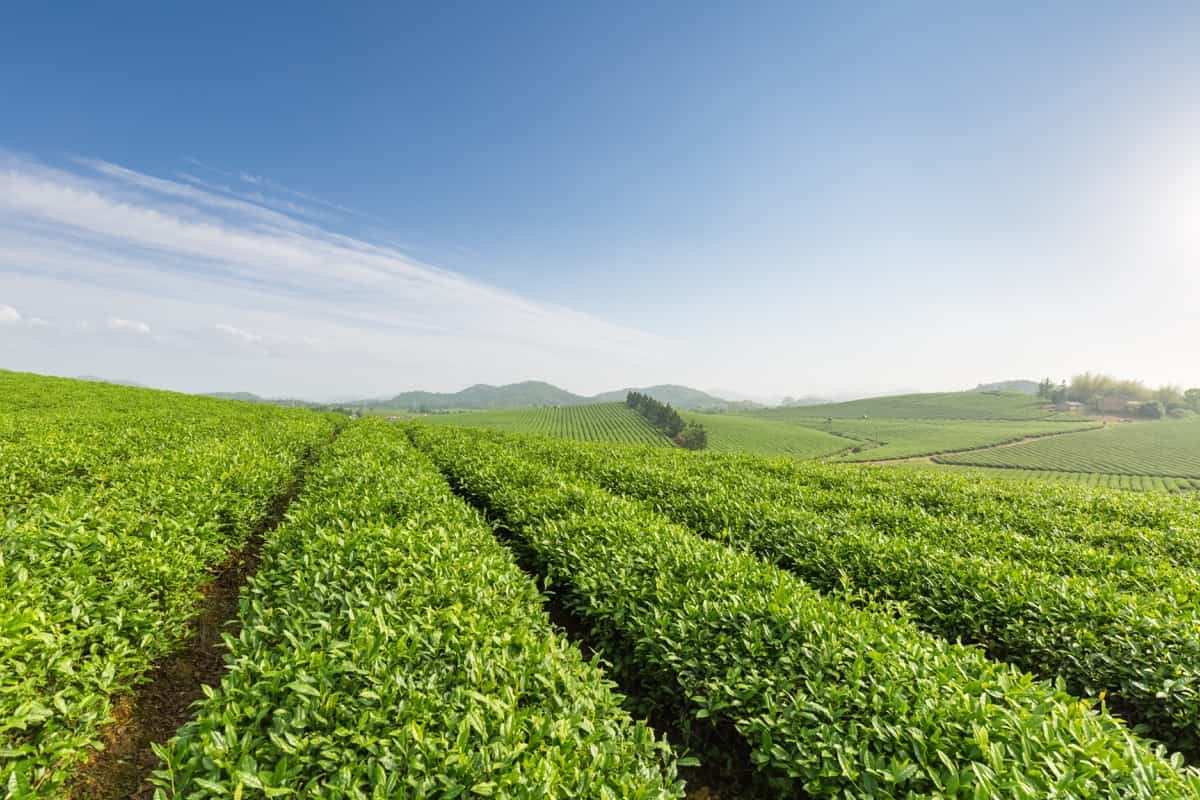
Among them, 18 species were widespread throughout the year. They found that 130 were annual weeds, 35 were perennials, and various reproduction methods were observed, including seed, vegetative organs, and spores. Additionally, exotic weed species were noted in Assam’s tea gardens. In Palampur, Kumar et al. in 2014 highlighted major weed concerns, such as Ageratum conyzoides, A. houstonianum, Bidens pilosa, Erigeron canadensis, and Chromolaena adenophorum.
Common Weeds of Tea Garden and Their Identification Features
- Potentilla reptans: Also known as “Creeping Cinquefoil,” it has low-growing stems with palmate leaves, each typically divided into five leaflets. Its small yellow flowers have five petals.
- Oplismenus compositus: This is known as “Basketgrass.” It features spreading, drooping stems with long, narrow leaves. Its unique feature is the seed head, resembling a little basket.
- Acalipha australis and Acalypha indica: Both are part of the Acalypha genus. They have alternate leaves with serrated edges. A. indica is often called “Indian Copperleaf” and may have reddish leaves.
- Mikania micrantha: Commonly known as “Mile-a-Minute” or “Bitter Vine,” it has heart-shaped leaves and small, pale purple flowers.
- Borreria hispida: This plant features opposite leaves and tiny white or pale pink flowers. It may have soft, hairy stems.
- Hackelia uncinata (Janjheer): This plant has bristly, hooked hairs on the stems and leaves, giving it its common name “Stickseed.”
- Rubus: A genus of plants that includes blackberries and raspberries. They have compound leaves and produce berries.
- Ageratum: Known for its distinctive, fluffy, blue or lavender flower clusters. The leaves are opposite and toothed.
- Setaria: This weed belongs to the grass family and typically has bristle-like seed heads. The leaves are long and slender.
- Urtica: Commonly called “Nettle,” is characterized by stinging hairs on the leaves and stems.
- Polygonum hydropiper and Polygonum alatum: These are part of the Polygonum genus. They often have slender, lance-shaped leaves and produce small, pinkish or white flowers.
- Conyza: A genus of plants that includes species like “Horseweed.” They often have alternate leaves and produce small white or pinkish flowers.
- Lantana invasion: Lantana is known for its aromatic leaves and clusters of small, tubular flowers in various colors.
- Xanthium strumarium: Also called “Cocklebur,” it has distinctive burr-like fruits with hooked spines.
- Urena sp: A genus of plants that may have lobed leaves and produce pink or yellow flowers.
Weed Management in Tea Crop
Manual Removal/Uprooting: This method involves physically removing weeds by hand, mainly in tea nurseries and young plantations. It is often used to tackle specific weed types like Mikania, Imperata, Setaria, and Melastoma. While it’s a labor-intensive process, it can be effective for smaller areas and specific weed problems. However, manual removal can be tough on the hands and may not be suitable for larger tea plantations.
Mechanical Control: Mechanical methods employ cheeling, sickling, hoeing, or forking to deal with weeds. These tools are commonly used in young plantations. However, it’s important to note that mechanical and manual weed control can sometimes harm the feeder roots of young tea plants. This means it may not be as gentle on the tea plants as herbicidal weed control methods.
In case you missed it: Compost Tea Recipe for Your Garden Plants: How to Prepare and Apply
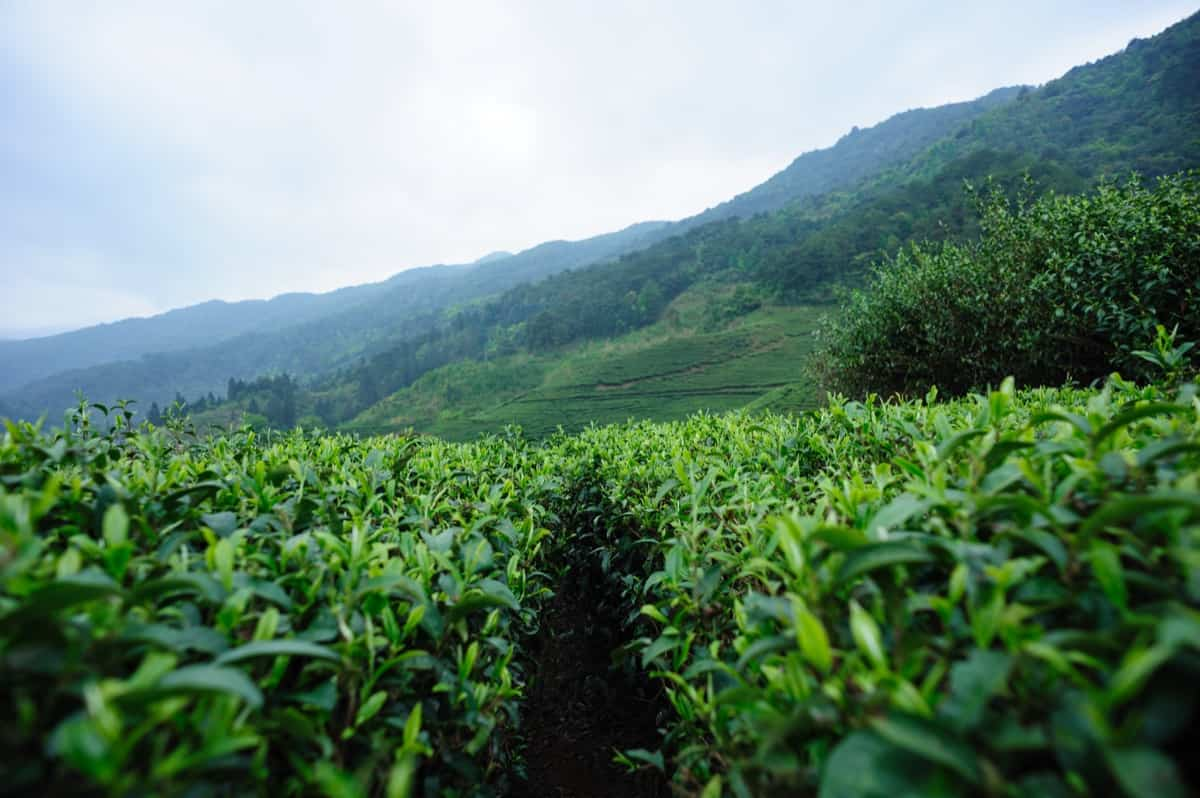
Comparison of Labor Requirements: Manual and mechanical methods demand considerable labor. In young tea plantations, manual and mechanical methods may need around 75 man-days per hectare annually, while in mature tea plantations, this drops to 35 man days. In contrast, herbicidal weed control is less labor-intensive, requiring only 15 man days for young tea and eight man days for mature tea in the first year. This does not include the cost of herbicides.
Challenges with Cheeling: Cheeling, a common mechanical method in young tea plantations, has drawbacks. It can be expensive, and paradoxically, it sometimes leads to more weed growth. This happens because cheeling exposes the top layer of soil, which may contain weed seeds. Additionally, it can damage the surface roots of young tea plants, making it less ideal.
Pruning and Weed Growth: Light pruning, medium pruning, and deep skiffing, necessary for tea maintenance, expose the surface soil layers. Unfortunately, this exposure encourages heavy weed growth. So, while these pruning methods are crucial for the tea plants, they inadvertently create a more favorable environment for weeds.
Herbicides Safe for Use on Tea Plants for Weed Control
For Young Tea Plants
- 2,4-D (Na salt): This herbicide is diluted with 0.50 kg per 200 liters of water at a concentration of 0.25%. It’s effective against certain weeds.
- 2,4-D (Dimethylamine salt): Diluted at 0.25 to 0.40 liters per 200 liters of water, with concentrations between 0.12% to 0.20%. It’s used against various weeds.
- Paraquat: In the first round, it’s diluted at 0.671% (0.33% conc). In subsequent rounds, it’s diluted to 0.501% (0.25% conc). Paraquat is effective for weed control.
- Simazine: Diluted at 1.50 to 2.0 kg per 200 liters of water, with concentrations between 0.75% to 1.00%. It targets certain weeds.
- Diuron: Used at 0.40 kg per 200 liters of water, with a concentration of 0.20%. It helps control specific weeds.
- Oxyfluorfen: Applied at 0.5 liters per 200 liters of water, with a concentration of 0.25%. It is effective against certain weed species.
Herbicide Mixtures for young tea
- Grassy Weeds: Oxyfluorfen combined with glyphosate at doses of 0.45 liters and 1.88 liters, respectively.
- Mixed Weeds: A mixture of glyphosate and 2,4-D, with 1.51 liters and 0.75 kg per hectare doses.
For Mature Tea
- Paraquat + Diuron: A combination of paraquat and diuron is used at doses of 1.25 liters and 1.0 kg per hectare to control weeds effectively.
- Paraquat + Simazine: A mixture of paraquat and simazine is applied at 1.25 liters and 1.0 kg per hectare.
- Paraquat + 2,4-D: This combination consists of paraquat and 2,4-D at doses of 1.25 liters and 1.25 kg per hectare.
- Glyphosate + 2,4-D: A mixture of glyphosate and 2,4-D is used for managing thatch grass and broad-leaved weeds, with doses of 1.51 liters and 0.75 kg per hectare.
In case you missed it: Best Fertilizer for Tea Plants: Organic, Compost, NPK, Liquid, How and When to Apply
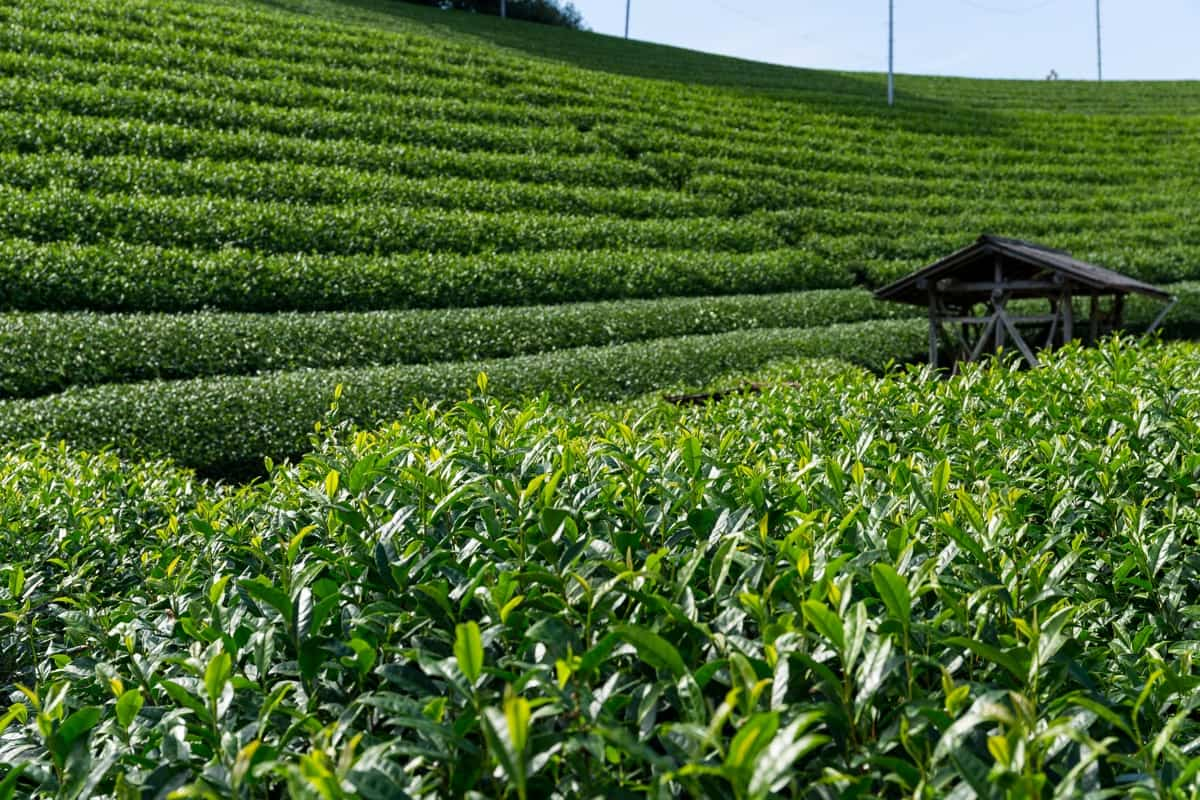
Integrated Weed Management in Tea Crop
Integrated Weed Management (IWM) Approach: IWM is a holistic strategy that combines various methods to reduce weed growth in tea plantations effectively.
| Aspect | |
| Weed Control Methods | Manual, Mechanical, Herbicidal, Eco-friendly |
| Common Weed Types | Grasses, Broad-leaved, Sedges, Parasitic |
| Impact on Tea Plants | Reduces Growth, Alters Composition |
| Eco-Friendly Solutions | Manual Weeding, Mulching, Natural Herbicides |
| Integrated Approach | Essential for Effective Weed Control |
Common Types of Weeds in Tea Fields: Weeds in tea fields encompass a variety of species, including grasses, sedges, broad-leaved weeds, and parasitic weeds. Grasses like Imperata, Setaria and broad-leaved weeds such as Ageratum and Mikania are often encountered. Parasitic weeds like Striga can also pose a threat. These weeds compete with tea plants for vital resources like nutrients, water, and sunlight.
Closer Spacing and Inter-Planting: One aspect of IWM involves optimizing the spacing of tea plants and inter-planting. Closer spacing ensures uniform ground coverage, reducing opportunities for weeds to take hold. Inter-planting, the strategic addition of fast-growing plants, further minimizes weed growth by creating resource competition.
Hand Weeding: Hand weeding, especially around the collar region of young tea bushes, is a safe and integral component of IWM. It allows for precise weed removal while minimizing damage to the tea plants.
Herbicide Management: Rotating herbicides, adjusting their doses, using suitable mixtures, and changing herbicide programs at the right times are vital elements of IWM. This helps prevent the development of weed tolerance or resistance, ensuring herbicides remain effective.
Preventing Seed Dispersal: To prevent the spread of weeds, it’s crucial to manage them before they flower and produce seeds. Controlling the growth of weeds along estate boundaries and in drainage areas helps prevent new infestations.
Eco-Friendly Weed Control Methods: There are environmentally friendly methods for managing weeds in tea fields. Manual weeding is a labor-intensive but effective approach where weeds are physically removed by hand. Mulching is another eco-friendly method involving using organic materials like leaves or straw to cover the soil around tea plants, preventing weed growth.
Additionally, natural herbicides can be crafted from household ingredients, with vinegar and citrus oil being popular choices. These natural herbicides are less harmful to the environment than synthetic chemicals, making them eco-friendly for controlling weeds in tea fields.
Push-Pull Pest Management: While not directly related to tea cultivation, push-pull technology is a pest control strategy used in agriculture. It involves repellent “push” plants to keep pests away and “pull” plants that attract and trap pests. For example, in cereal crops like maize or sorghum, often infested by stem borers, push-pull involves repellent plants alongside trap plants.
In case you missed it: Coffee Cultivation in India: Best States to Grow, Farming Practices, and Production Guide
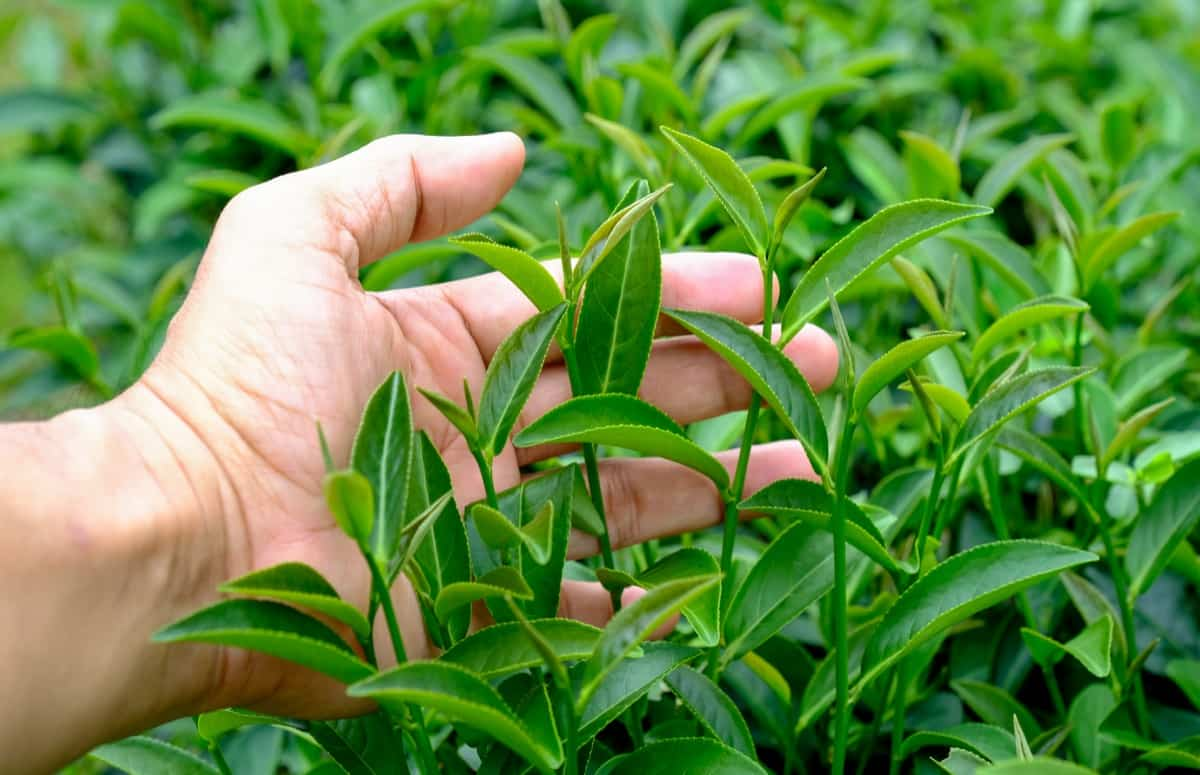
This method protects the main crop and provides valuable forage for farm animals. Companion plants can improve soil quality, water retention, and erosion control. Importantly, this approach is particularly effective against certain pests, such as Striga, a parasitic plant that can harm crop yields.
Weeds’ Impact on Growth and Quality: Weeds can have a significant detrimental effect on the growth and quality of tea plants. They compete with tea for essential resources, reducing growth and yield. Weeds can also act as hosts for pests and diseases that may be transmitted to tea plants, further diminishing their health and productivity.
Additionally, some weeds alter the chemical composition of tea leaves. For example, they can increase the levels of tannins and caffeine, altering the taste and aroma of the final tea product. Weeds also provide shade, limiting tea plants’ photosynthetic activity and, consequently, their growth potential.
FAQs Related to Weed Management in Tea Crop
What Types of Weeds are Commonly Found in Tea Plantations?
Grasses, broad-leaved weeds, sedges, and parasitic weeds are common in tea fields.
How Do Weeds Affect the Growth and Quality of Tea Plants?
Weeds compete for resources, reduce growth, alter chemical composition, and can host pests and diseases.
Are there Eco-friendly Methods for Weed Control in Tea Fields?
Manual weeding, mulching, and natural herbicides like vinegar and citrus oil are eco-friendly options.
In case you missed it: How to Make Homemade Fertilizers: Recipes for Banana Peels, Scraps, Coffee Grounds, Epsom Salt, Eggshells, and Grass Clippings
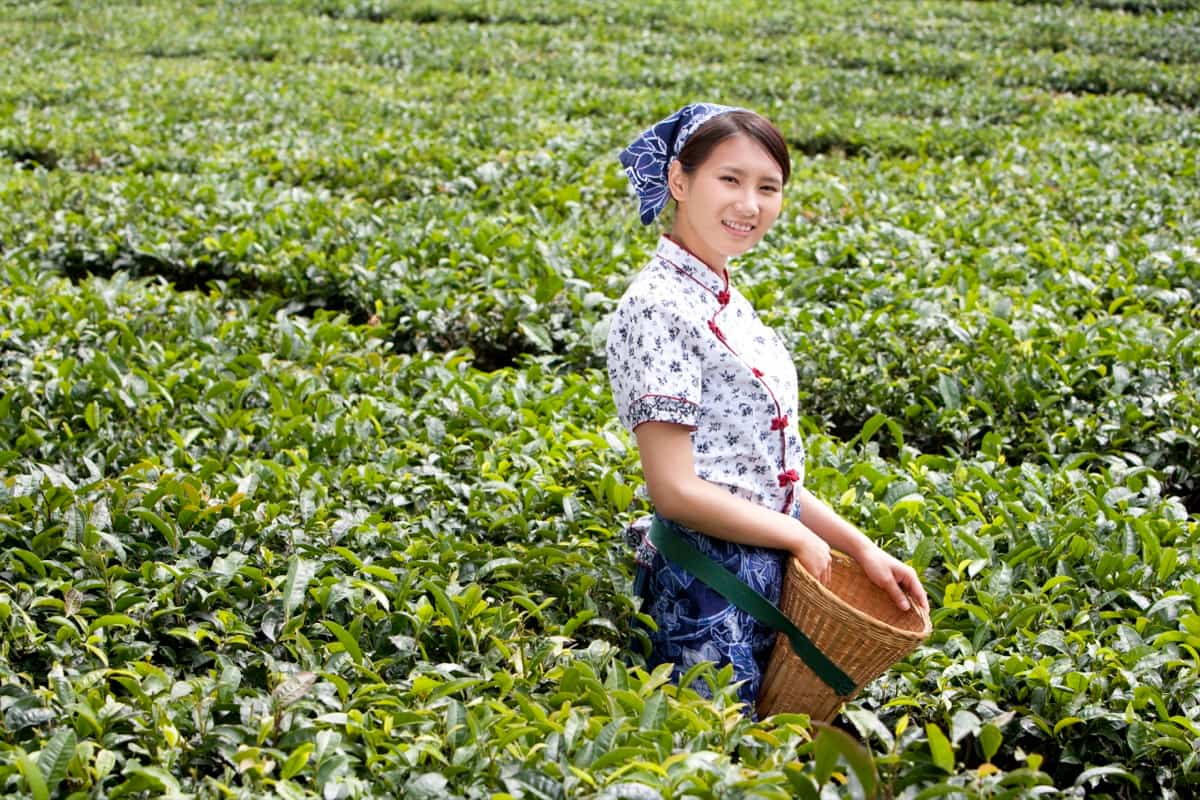
Conclusion
Effective weed management is paramount for sustaining tea quality and yield. The careful selection of herbicides and eco-friendly methods play a significant role in weed control. Understanding the impact of common weeds on tea plants is essential for maintaining the high standards of this beloved beverage.
- Types of Pesticides Used in Agriculture: A Beginner’s Guide
- Economical Aquaculture: A Guide to Low-Budget Fish Farming
- 15 Common Planting Errors That Can Doom Your Fruit Trees
- How to Make Houseplants Bushy: Effective Tips and Ideas
- Innovative Strategies for Boosting Coconut Pollination and Yield
- Pollination Strategies for Maximum Pumpkin Yield
- The Complete Guide to Chicken Fattening: Strategies for Maximum Growth
- Natural Solutions for Tulip Problems: 100% Effective Remedies for Leaf and Bulb-Related Issues
- Revolutionizing Citrus Preservation: Towards a Healthier, Greener Future
- Natural Solutions for Peony Leaf and Flower Problems: 100% Effective Remedies
- Maximizing Profits with Avocado Contract Farming in India: A Comprehensive Guide
- Natural Solutions for Hydrangea Problems: 100% Effective Remedies for Leaf and Flowers
- The Ultimate Guide to Choosing the Perfect Foliage Friend: Bringing Life Indoors
- From Sunlight to Sustainability: 15 Ways to Use Solar Technology in Agriculture
- The Ultimate Guide to Dong Tao Chicken: Exploring from History to Raising
- The Eco-Friendly Makeover: How to Convert Your Unused Swimming Pool into a Fish Pond
- Mastering the Art of Delaware Chicken Farming: Essentials for Healthy Backyard Flocks
- 20 Best Homemade Fertilizers for Money Plant: DIY Recipes and Application Methods
- How to Craft a Comprehensive Free-Range Chicken Farming Business Plan
- Brighten Your Flock: Raising Easter Egger Chickens for Beauty and Bounty
- How to Optimize Your Poultry Egg Farm Business Plan with These Strategies
- Subsidy for Spirulina Cultivation: How Indian Government Schemes Encouraging Spirulina Farmers
- Ultimate Guide to Raising Dominique Chickens: Breeding, Feeding, Egg-Production, and Care
- Mastering the Art of Raising Jersey Giant Chickens: Care, Feeding, and More
- Ultimate Guide to Raising Legbar Chickens: Breeding, Farming Practices, Diet, Egg-Production
- How to Raise Welsummer Chickens: A Comprehensive Guide for Beginners
- How to Protect Indoor Plants in Winter: A Comprehensive Guide
- Ultimate Guide to Grow Bag Gardening: Tips, Tricks, and Planting Ideas for Urban Gardeners
- Guide to Lotus Cultivation: How to Propagate, Plant, Grow, Care, Cost, and Profit
- Agriculture Drone Subsidy Scheme: Government Kisan Subsidy, License, and How to Apply Online
- Ultimate Guide to Raising Araucana Chickens: Breed Profile, Farming Economics, Diet, and Care
- Bringing Hydroponics to Classroom: Importance, Benefits of Learning for School Students
- Ultimate Guide to Raising Polish Chickens: Breed Profile, Farming Economics, Diet, and Care
- Ultimate Guide to Raising Australorp Chickens: Profile, Farming Economics, Egg Production, Diet, and Care
- Silkie Chicken Farming: Raising Practices, Varieties, Egg Production, Diet, and Care
- Sussex Chicken Farming: Raising Practices, Varieties, Egg Production, Diet and Care